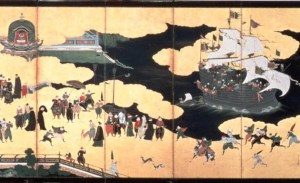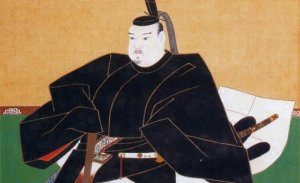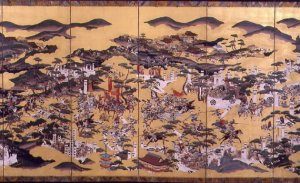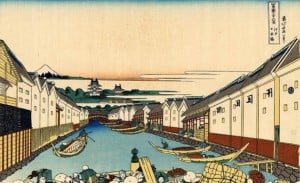I’ll talk about the periods Azuchi-Momoyama and Edo (1573-1868).

After settling in Kyoto, Nobunaga fought against the most powerful Buddhist monasteries, and survived his adversaries to the East: Takeda shingen and Uesugi Kenshin, who died before they could face Nobunaga. In 1582 he was betrayed by his general, Akechi. Toyotomi hideyoshi, another general who fought with Nobunaga reacted quickly and defeated Akechi. Finally in 1590 it was achieved for the first time unify all Japan. To ensure the stability of the country, Hideyoshi destroyed several castles, confiscated the weapons of the peasantry and forced the military class to retreat.

This period was also one of intolerance towards Western influence. Hideyoshi banned conversion to Christianity and executed several Franciscan monks as a warning. The period ended with a decline in Hideyoshi’s power, after a failed attempt to conquer China in 1592. Finally Hideyoshi died in 1598, the same year that his army had evacuated the Korean peninsula. His successor was Tokugawa Ieyasu.

After Hideyoshi’s death, he proclaimed Hideyori as its successor. However, Tokugawa broke his promise to respect Hideyoshi’s decision and defeated his successor at the Battle of Sekigahara in 1600. After that, Ieyasu acquired unlimited power that allowed him to redistribute the lands among his most loyal generals. In addition to internal reforms, Ieyasu established trade relations with western countries such as Holland and England, but he continued to condemn Christianity.
In 1633 Ieyasu’s foreign policy had a turn with his successor, Iemitsu. It prohibited travel abroad and in 1639 reduced its trade relations with China and the Netherlands. The importation of books was also prohibited. Despite all this, Japan had a healthy growth during this period, and popular culture saw an unprecedented flourish. New art forms such as Kabuki and Ukiyo-e became popular.

Despite the stability achieved in the period Edo, natural disasters and periods of famine made the daimyo dependent on the central government, which continued to raise taxes to raise funds. The second half of the Edo period was characterized by a government plagued by corruption. By the end of century XVIII Western powers pressed for Japan to open its trade abroad. He Commodore Perry he was the one who managed to subject Japan to agree to it.
For all of the above, the general discontent of the population became manifest. Pressure from various interest groups caused the government’s capacity to wane. The empire was finally restored Meiji. In the next article I will talk about this period.


